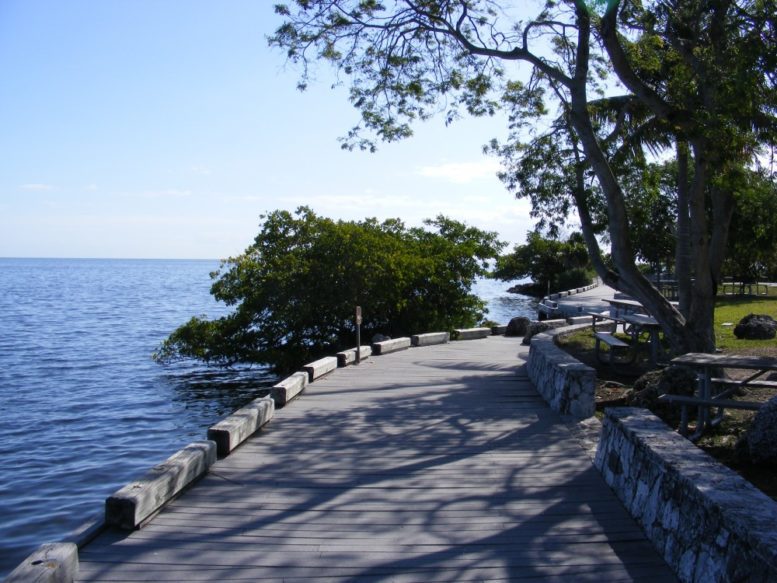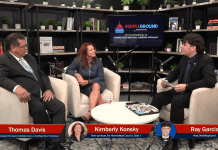Biscayne National Park employees and volunteers cleared the Convoy Point Channel of debris to provide safer passageways for boats and wildlife as well as enhance the attraction of the area for visitors. It is an example of change brought about from ordinary people doing extraordinary things.
A dozen Biscayne National Park employees and volunteers cleared the Convoy Point Channel from beginning to end. They collected enough debris to fill a pick-up truck. The debris included large buckets of glass bottles, four fishing poles and aluminum bars from the top of a boat, among other things. Snorkelers obtain debris from the ten foot depth of the channel and boats then shuttle it to shore. The Convoy Point Channel is the only marine passageway to Biscayne Bay from Homestead Bayfront Park as well as park headquarters and the Dante Fascell Visitor Center. The channel cleanups first began in 1987 and are conducted on an annual basis.
The channel cleanup is led by Biscayne National Park volunteer Terry Helmers. Terry is a recent recipient of the President’s Volunteer Service Award. This premier volunteer award recognizes citizens who take positive action that changes the world and delivers a powerful message that encourages others to take action. Terry is a senior systems analyst for the University of Miami who has been spending spare time in the park since May 1987. He is in the park weekly to help clean up shorelines, maintain and install marker buoys, remove invasive lionfish and other support. He won numerous volunteer awards for his work including the 2015 President’s Volunteer Service Award.
For more information about Biscayne National Park please visit the park website at www.nps.gov/bisc or follow the park on Facebook at www.facebook.com/biscaynenps, Twitter at www.twitter.com/biscaynenps or Instagram at www.instagram.com/biscaynenps.
About the National Park Service. More than 20,000 National Park Service employees care for America’s 407 national parks and work with communities across the nation to help preserve local history and create close-to-home recreational opportunities. Learn more at www.nps.gov.






